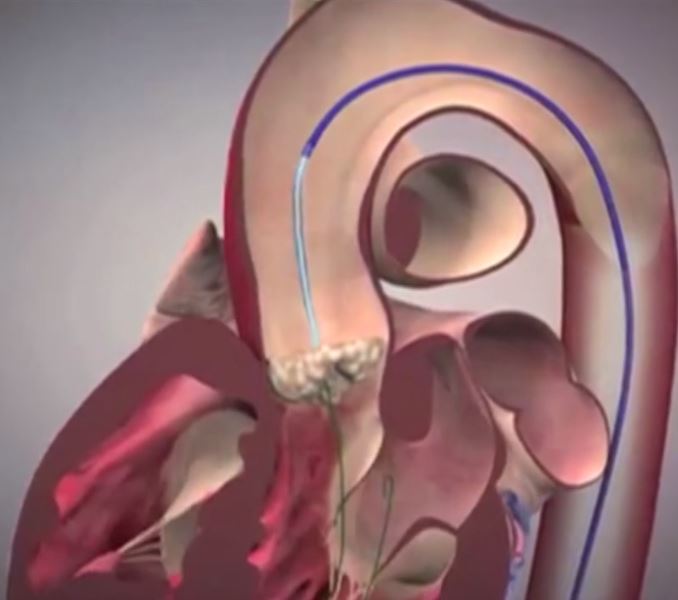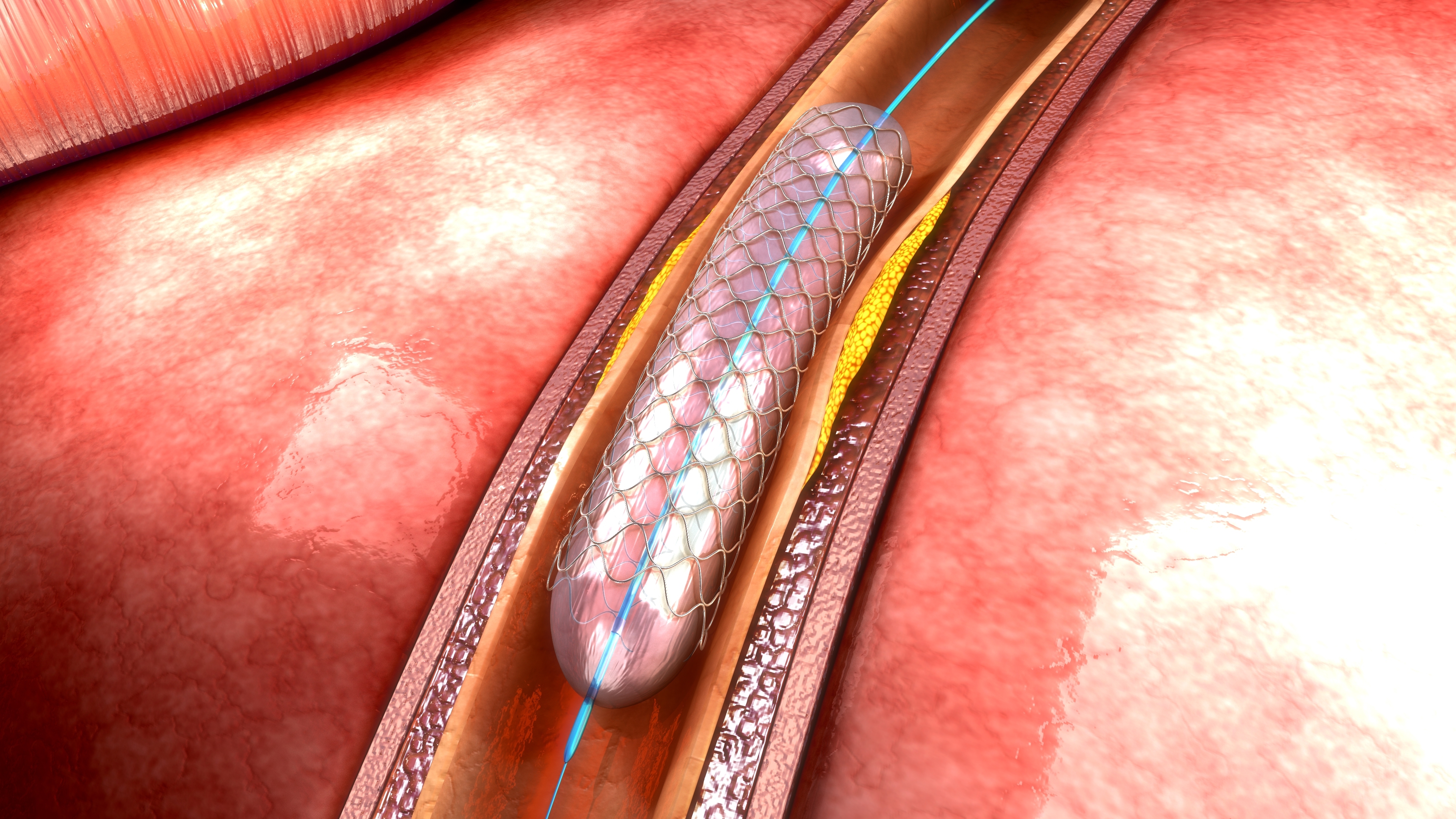An expanded analysis of 231 patients from the GALILEO trial comparing rivaroxaban-aspirin based anti-thrombotic therapy with clopidogrel-aspirin based dual anti-platelet therapy post transcatheter aortic valve replacement (TAVR), has shown that the rivaroxaban based regimen protects from valve leaflet motion abnormalities. The rivaroxaban based strategy led to decreased prosthetic valve leaflet thickening and motion reduction following TAVR performed for severe aortic valve stenosis.
The results of the GALILEO-4D were presented by Dr. Ole De Backer (Rigshospitalet, Copenhagen University Hospital) at AHA 2019 and simultaneously published in the New England Journal of Medicine. The primary endpoint of this substudy was the percentage of patients with ≥1 prosthetic leaflet with reduced leaflet motion (grade 3 or higher [i.e. involving > 50% of leaflet]). The primary endpoint occurred in 2.1% of patients with rivaroxaban-based strategy vs. 10.9% with clopidogrel-based strategy (p = 0.014). Secondary outcome was the proportion of patients with ≥1 thickened leaflet (subclinical hypoattenuated leaflet thickening or HALT). HALT was observed in 12.4% of patients with rivaroxaban-based strategy vs. 32.4% with clopidogrel-based strategy (p < 0.05). Subjects in the rivaroxaban-based arm received 10 mg rivaroxaban once daily plus 75-100 mg aspirin once daily for 3 months, followed by monotherapy with 10 mg rivaroxaban once daily. Patients in the dual antiplatelet-based arm received 75-100 mg plus 75 mg clopidogrel once daily for 3 months and then switched to monotherapy with aspirin alone. The investigators used four-dimensional computed tomography (4DCT) at 90 days post-randomization, allowing time-resolved CT data acquisition for assessment of leaflet motion and thickening. 4DCT imaging modality has a high degree of temporal and spatial resolution and reduces organ mobility artifacts, while conventional CT scan may capture a random position of the mobile leaflet. Valve leaflet motion reduction was reported as grades of 1-4 in increasing order of severity with grade 0 defined as normal or unrestricted motion, grade 1 as minimally restricted or limited to base, grade 2 as mildly restricted involving more than the base but <50% of the leaflet along a curvilinear path, grade 3 defined as involving 50-75% of valve leaflet and grade 4 described as a largely immobile leaflet. Although 4DCT was successfully able to show a difference in imaging endpoints for both treatment arms, the study did not allow for assessment of the impact on clinical endpoints due to low event rate (major bleeding and thromboembolic events, each < 3%).
GALILEO-4D was an investigator-initiated, global, randomized, open-label, imaging substudy of the GALILEO trial. In the original investigation, the rivaroxaban-based strategy was associated with an increase in major adverse cardiovascular events, an increase in all-cause mortality (due to excess noncardiovascular mortality), and an increase in major bleeding events (Vascular Academic Research Consortium [VARC]-2 major, disabling, or life-threatening bleeding). The trial was stopped due to safety concerns and had enrolled only 42% of patients. Given these findings, the authors caution against the use of routine anticoagulation subsequent to TAVR with the aim of preventing leaflet-motion abnormalities. However, the leaflet thrombosis substudy revealed a lower incidence of leaflet thrombosis with rivaroxaban. The mechanism for these unexpected findings remains to be elucidated, especially in light of the leaflet thrombosis substudy. It also poses a future research question as to whether a higher or lower dose of rivaroxaban would have resulted in a more favorable risk to benefit profile.
The current findings may be limited due to the small sample size of this diagnostic imaging study which did not allow for correlation of findings with clinical outcomes (low event rate). Moreover, the authors did not use prior data to guide them for selection of optimal dosage and anti-coagulant type which may have affected the results.
Click here to view Dr. Backer and Dr. Gibson discussing the results of the study at AHA 2019.




